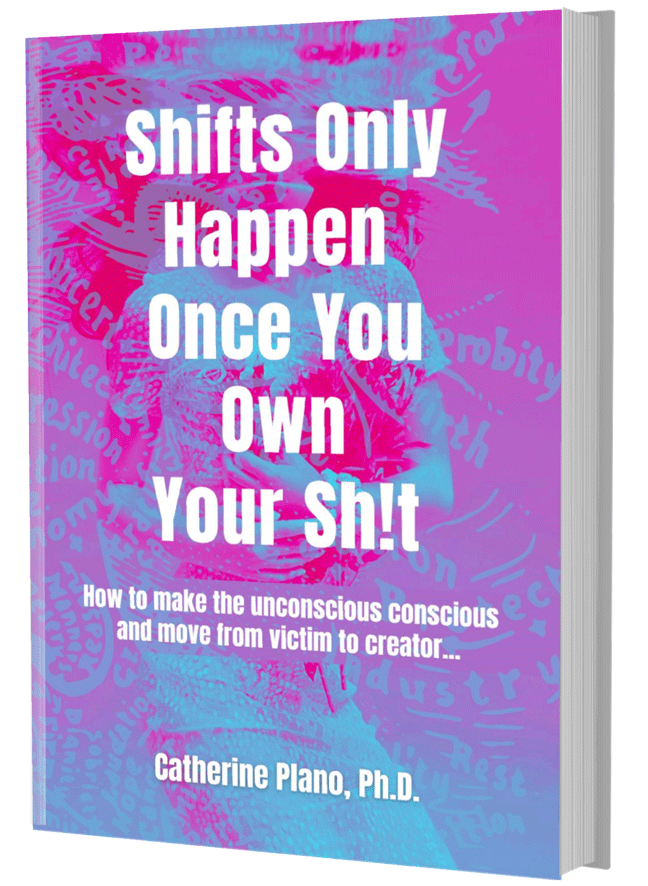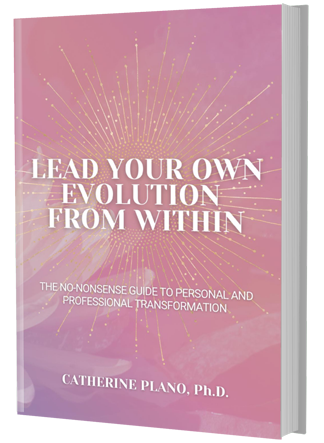We hear it all the time.
From a physical point of view, you have to work hard, you have to sweat and you have to have a level of pain or discomfort to get what you want out of your physical body.
If it doesn’t challenge you, then it won’t change you. Isn’t that the truth!
But if it were that easy, we would all be doing it. However, we all resist change because it takes a lot of work, time and energy. Change is an inside job.
It’s that saying that you hear all the time. If you want something that you’ve never had before, then you have to do something that you’ve never done before.
That is, you stepping out of your comfort zone.
‘You have to lean into the suffering.’
Just the other day, I was listening to a teacher and she said something that truly stuck with me:
You have to lean into the suffering.
You have to learn from the suffering.
You have to build a strong relationship with suffering.
Well, you can imagine my initial reaction. ‘I don’t think so …’
But then it dawned on me.
If I look back at all of my suffering, each event or situation has been a pivot point or a radical shift in my life. No matter how painful it may have felt at the time, looking back on it now, I perceive it as a blessing in disguise.
In the wise words of late Napoleon Hill, ‘Every adversity, every failure, every heartache carries with it the seed of an equal or greater benefit.’
The root of suffering is attachment
So, now that I have had time to digest it all, I have to agree …
Suffering is one of life’s greatest teachers, and that suffering is the true training ground of self-transcendence.
But the thing is this — we get to choose our suffering. We can choose one that creates meaning. And that helps us grow spiritually, emotionally and mentally.
With this aspect in mind, why then do we label suffering, pain, anxiety and stress as something bad?
There is enough evidence out there from a neuroscience point of view that our brain goes through cycles of suffering only to avoid and escape suffering in ways that only perpetuates it.
We, as a race, are addicted to stress, when we know that stress doesn’t exist. We all perceive stress in a different way and we all have different meanings as to what stress is. Most of us thrive on a little stress as a way to push us forward.
We get stuck in our ways of thinking, our ways of working, our ways of reliving the past. We get addicted to our stories, our old programs and our old patterns.
All this only to avoid suffering in the first place, when we know that the deep work may hurt and that the suffering itself will lead to a new way of being.
Suffering in pursuit of quick fixes
There is never a quick fix. And even if there is, it will never be enough for us.
However, we are satisfied, fulfilled and content when we worked hard to achieve what we have accomplished.
Think about it.
A project you worked hard for. The sweat and hours you invested in your fitness. Even the timeless hours, tears and persistence towards making a relationship work.
It’s the realisation of your grit that you stand proud in today with a smile on your face. You pushed through the suffering knowing that you were going to grow from it.
If you think life is all about flowers, sunshine and unicorns, then you are definitely on the wrong planet. On this planet, you can’t escape from an unwanted experience.
From suffering to growth
Research has found this fascinating phenomenon called post-traumatic growth and this is when a person experiences positive changes resulting from a major life crisis.
According to the research, post-traumatic growth goes beyond resilience. By actively searching for good in something terrible, a person can use adversity as a catalyst for advancing to a higher level of psychological functioning.
Richard Tedeschi, one of the psychologists who developed the post-traumatic growth theory, explains that ‘People develop new understandings of themselves, the world they live in, how to relate to other people, the kind of future they might have and a better understanding of how to live life.’
In this context, we can better comprehend the progress that often comes after a traumatic event in our lives.
But how do we deal with the overflow of emotions that arise throughout the process?
And even more importantly, how do we tackle the fear that precedes authentic growth?
To read the second piece in this two-part series on learning to perceive suffering as a life lesson, click here.





